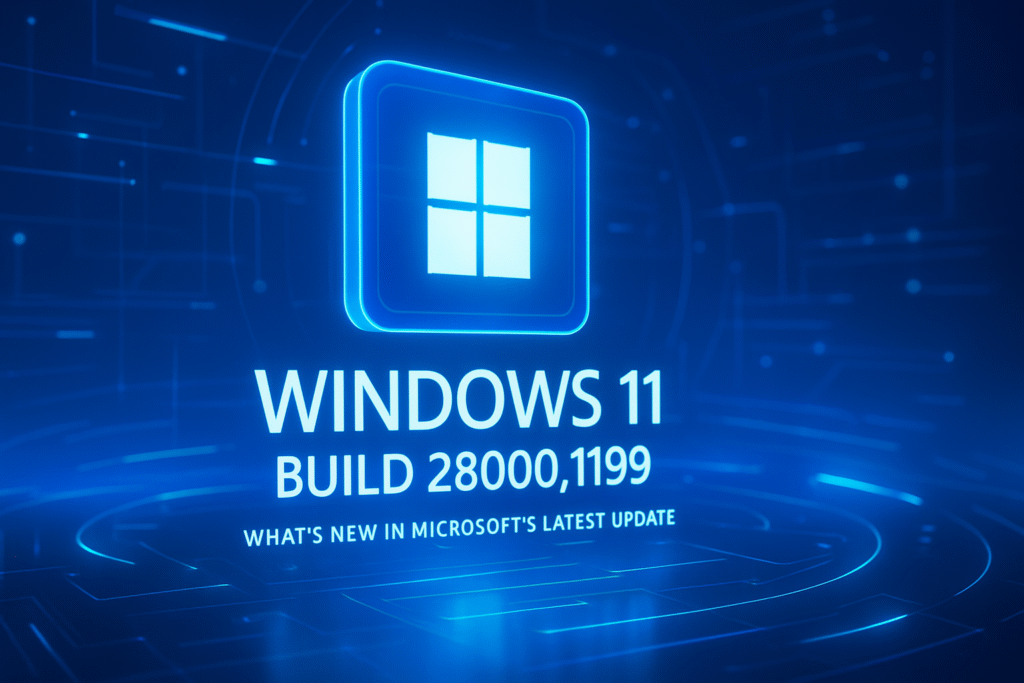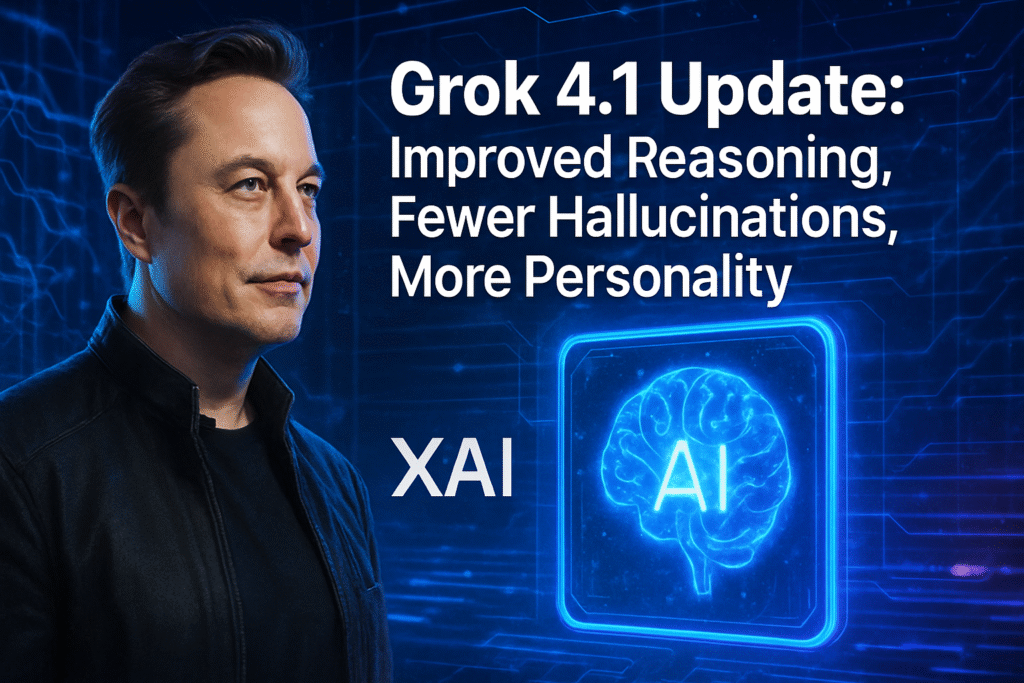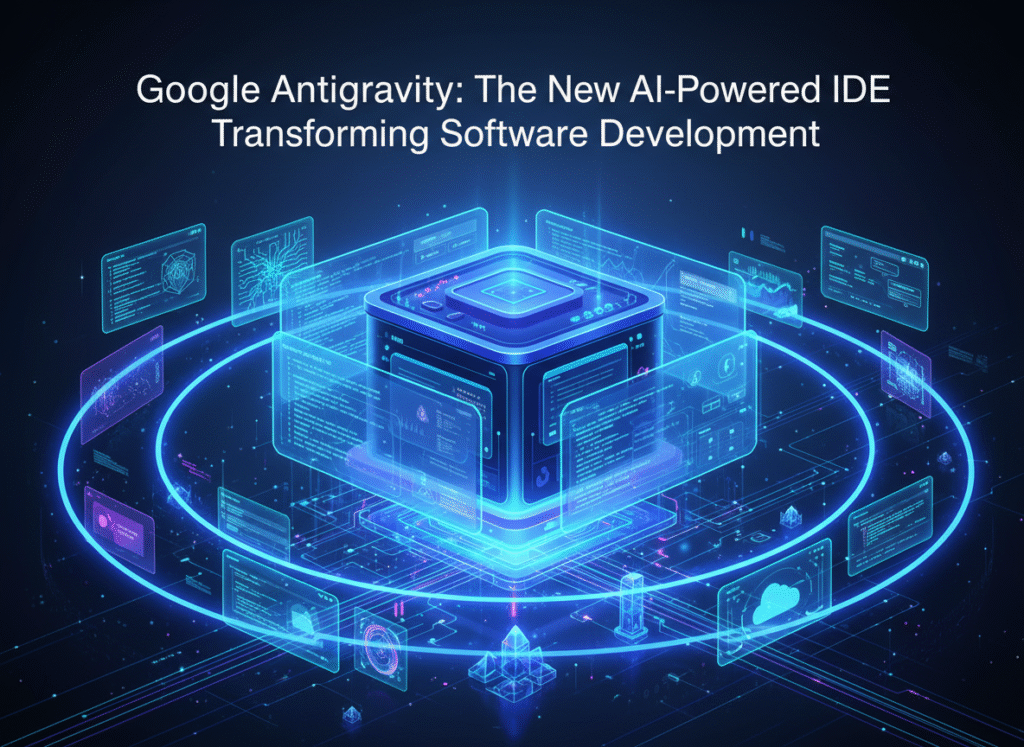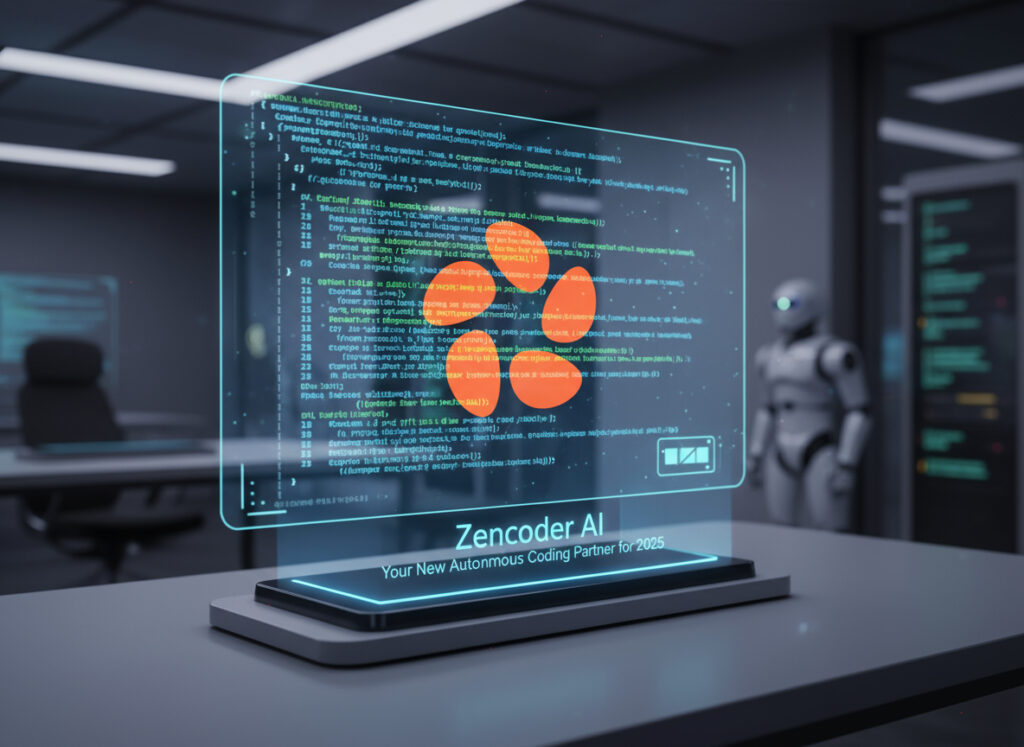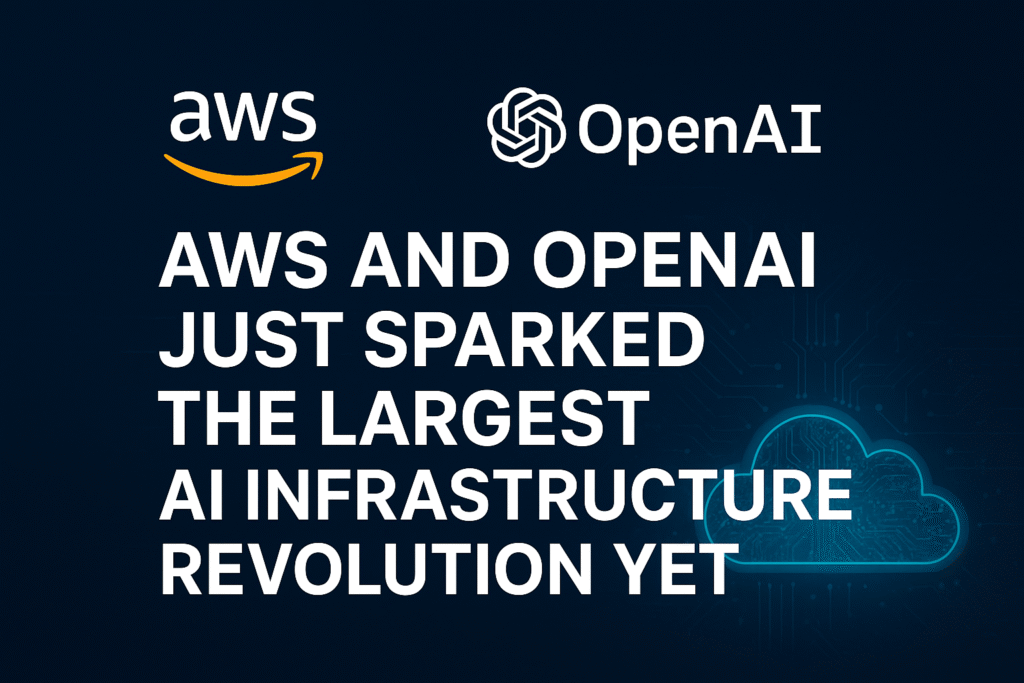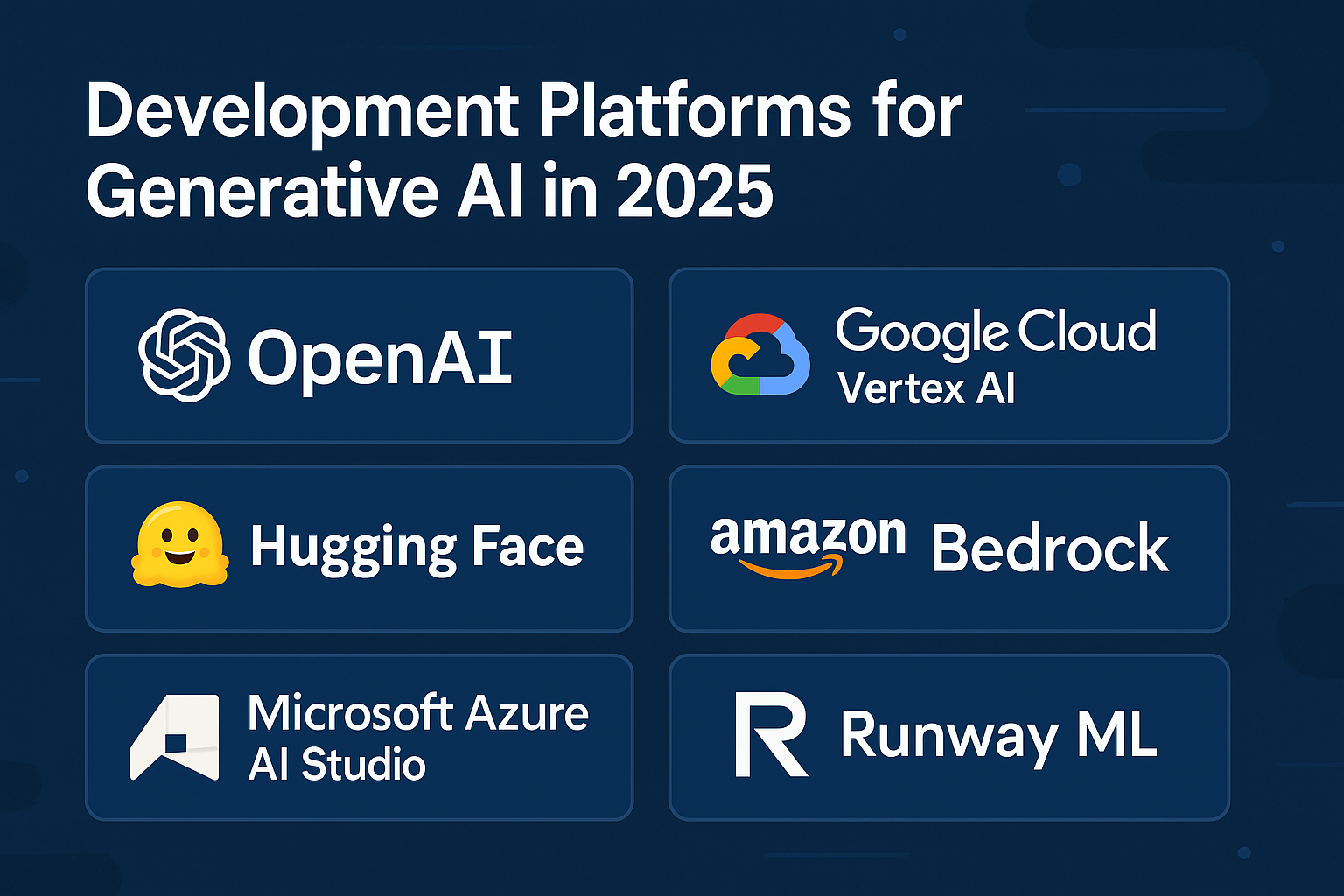
Generative AI continues to redefine the boundaries of software development in 2025. From creating art and music to writing code and analyzing data, AI-powered applications are now central to innovation in nearly every industry. As a result, the demand for robust development platforms for generative AI has skyrocketed.
This article explores the leading platforms, key features, trends, and what developers should look for when selecting a generative AI platform in 2025.
Why Generative AI Platforms Matter in 2025
Generative AI is no longer just a research topic — it is powering real-world products used by millions. To support this growth, developers need tools that simplify:
- Model selection and training
- Data handling
- Deployment and scaling
- Fine-tuning and optimization
- Ethics and compliance
The right development platform can reduce time-to-market and eliminate infrastructure headaches, allowing teams to focus on innovation.
Key Features of Modern Generative AI Platforms
Before choosing a platform, here are the essential features that matter most in 2025:
| Feature | Why It Matters |
| Pre-trained LLM integration | Saves time and compute by using models like GPT-4.5, Claude, Gemini |
| Model customization | Fine-tune with your own data for better performance |
| Multi-modal capabilities | Supports text, image, audio, and video generation |
| Scalability | Easy deployment from prototype to production |
| API access | Enables integration with existing applications |
| MLOps tools | Automates monitoring, versioning, and governance |
| Data security & compliance | Critical for regulated industries like healthcare or finance |
Top Generative AI Development Platforms in 2025
1. OpenAI Platform (ChatGPT Enterprise + APIs)
Best for: Natural language apps, chatbots, and code generation.
OpenAI’s platform continues to be the go-to choice for developers building language-based applications. With access to powerful models like GPT-4.5, DALL·E 3, and Whisper, the platform supports text, image, and speech generation.
Key Features:
- ChatGPT APIs with tools (code interpreter, browser, memory)
- Custom GPTs with fine-tuning
- Enterprise-grade security
- Seamless deployment
New in 2025: A native IDE for creating, debugging, and testing custom GPTs directly within the web platform.
2. Google Cloud Vertex AI
Best for: Enterprise-grade ML solutions and custom model pipelines.
Google’s Vertex AI has positioned itself as a full-stack AI development suite, offering access to Gemini models and advanced AutoML tools. Developers can bring their own models or use Google’s pre-trained ones.
Key Features:
- Easy fine-tuning with AutoML and prompt tuning
- Integration with BigQuery and Google Cloud services
- Strong MLOps pipeline tools
- Multi-modal generation (text, image, audio)
Notable in 2025: Gemini 2 Pro now powers real-time summarization and code generation with better accuracy and context than GPT-4.5 in benchmarks.
3. Hugging Face Hub + Transformers
Best for: Open-source developers and researchers.
If you’re looking for flexibility and community-driven innovation, Hugging Face remains the leading open platform. It supports thousands of models, including Meta’s LLaMA 3, Mistral, and open-source diffusion models.
Key Features:
- Access to 500K+ models and datasets
- transformers library with support for PyTorch, TensorFlow, JAX
- Model hosting and inference endpoints
- Spaces for building interactive apps (Gradio-based)
2025 Highlight: Hugging Face now offers AutoTrain for multimodal models, enabling developers to fine-tune custom LLMs with minimal code.
4. Amazon Bedrock
Best for: Serverless generative AI applications.
Amazon Bedrock enables developers to build and scale generative AI apps using models from multiple providers, including Anthropic (Claude), Stability AI, and Meta, all through a unified API.
Key Features:
- One interface for multiple foundational models
- Fully managed infrastructure on AWS
- Integration with SageMaker and AWS Lambda
- Customization with Retrieval Augmented Generation (RAG)
2025 Update: Amazon has introduced private model endpoints, enhancing security for enterprise clients.
5. Microsoft Azure AI Studio
Best for: Teams already embedded in the Microsoft ecosystem.
Azure AI Studio is now deeply integrated with Copilot Studio, enabling developers to build apps powered by GPT-4.5 Turbo, DALL·E, and Codex models. It offers extensive tooling for monitoring, prompt engineering, and governance.
Key Features:
- Built-in model monitoring and cost controls
- RAG integrations with Azure Search and CosmosDB
- Visual design interface for Copilot workflows
- Multi-language support and compliance features
2025 News: New enterprise controls for data privacy and model auditing have made it a top choice for finance and legal sectors.
6. Runway ML
Best for: Generative video and creative professionals.
Runway focuses on AI for creatives, offering tools for video editing, text-to-video, image manipulation, and more. It supports models like Gen-2 and allows direct editing of AI-generated content.
Key Features:
- Real-time video generation and editing
- Web-based, no-code tools for non-programmers
- API access for developers
- Collaboration tools for creative teams
Trend in 2025: Short-form content creators use Runway for automated storyboarding and effects in social media videos.
Comparison Table
| Platform | Best For | Open-Source? | Multi-modal | Fine-tuning | APIs |
| OpenAI | Language, chat, coding | No | Yes | Yes | ✅ |
| Vertex AI | Enterprise ML pipelines | No | Yes | Yes | ✅ |
| Hugging Face | Research, open-source devs | Yes | Yes | Yes | ✅ |
| Amazon Bedrock | Serverless AI apps | No | Yes | Partial | ✅ |
| Azure AI Studio | Microsoft ecosystem | No | Yes | Yes | ✅ |
| Runway ML | Creative content, video | No | Yes | Limited | ✅ |
Trends in Generative AI Development for 2025
- Multi-modal Interfaces: Platforms are converging to support not just text but also video, audio, and 3D generation.
- Model Customization at Scale: Prompt engineering and lightweight fine-tuning (LoRA, QLoRA) are more accessible.
- Regulatory Compliance: Platforms now offer built-in tools for AI safety, bias detection, and GDPR compliance.
- Edge AI & Offline Models: Devices like smartphones are beginning to run lightweight LLMs locally.
- AI-Native IDEs: Tools like OpenAI’s GPT IDE or Hugging Face Studio are merging coding with real-time AI assistance.
Final Thoughts
Choosing the right generative AI development platform in 2025 depends on your use case, team size, and technical needs. Whether you prioritize enterprise-grade tooling, open-source flexibility, or creative freedom, there’s a platform that fits.
As models become more capable and multimodal, these platforms will play a key role in shaping how the next generation of AI-powered applications is built.Stay ahead of the curve by selecting tools that offer scalability, control, and ethical responsibility—the core pillars of generative AI development in 2025.
